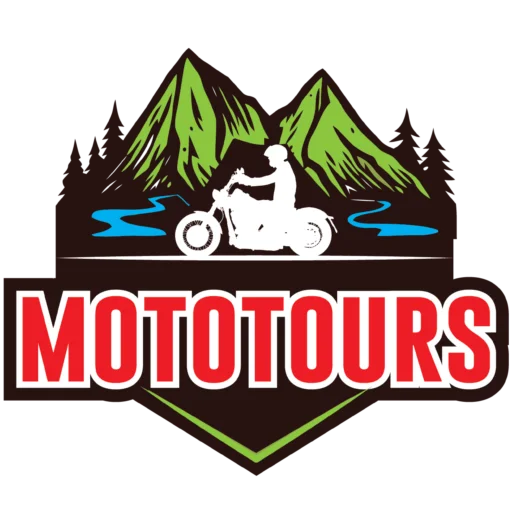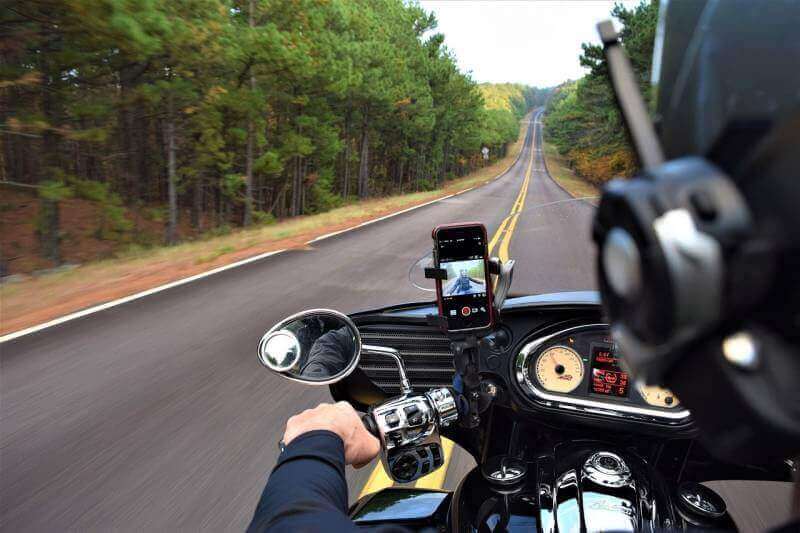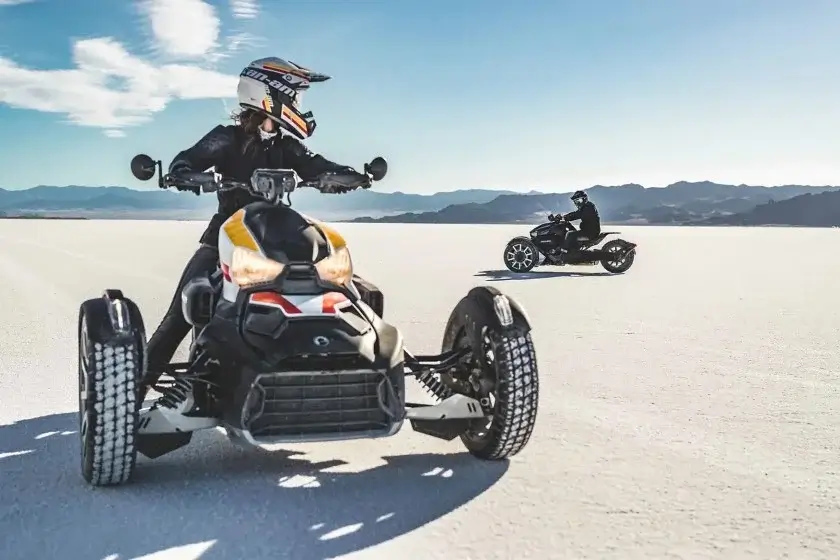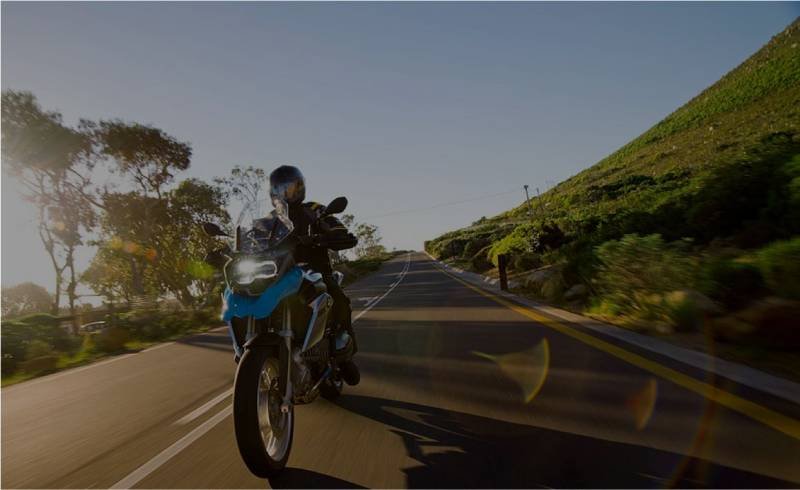A motorcycle trip is one of the most exhilarating and adventurous activities for riders. Some enjoy short rides, while others seek the thrill of long-distance motorcycle touring over weekends or extended vacations.
However, long motorcycle journeys can be both physically and mentally exhausting and require thorough preparation. This includes physical and mental endurance, route planning, and basic mechanical knowledge to handle potential breakdowns.
In this guide, we cover essential aspects and provide valuable tips for long-distance motorcycle trips.
Pre-Ride Preparation
Before embarking on a long-distance motorcycle tour, it’s crucial to start preparations months in advance. Here are the key elements to consider:
Physical and Mental Endurance
One of the most critical factors in long-distance riding is stamina. You need enough endurance to ride for 8-10 hours a day in various conditions. The best way to improve stamina is through aerobic activities such as cycling, swimming, and running, which help build physical endurance and resilience.
Route Planning and Trip Duration
Create a detailed itinerary for your journey. Start by determining the number of days for your trip and researching the region’s geography. Gather information about terrain, road conditions, weather, accommodation options, emergency services, local regulations, and necessary permits.
Motorcycle Maintenance and Readiness
Your motorcycle’s condition is the most crucial factor in a long-distance ride. After finalizing your route and trip duration, ensure your bike is well-maintained and road-ready.
Choosing the Right Motorcycle for Long-Distance Touring
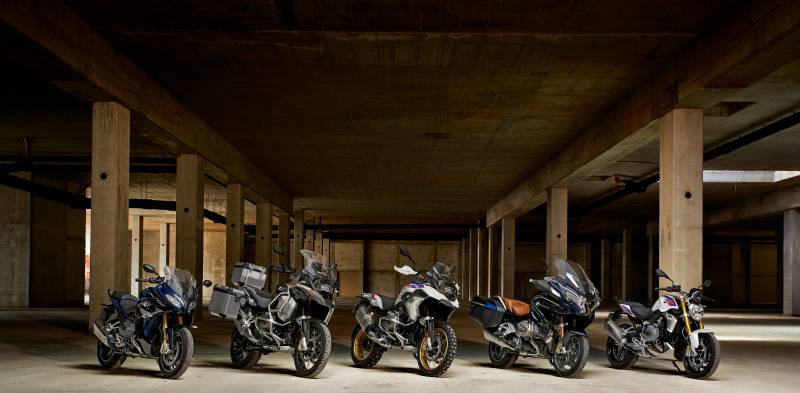
A common question among riders is: What is the best motorcycle for long-distance touring?
The answer varies based on personal preference. Some riders prefer adventure bikes like the BMW GS or Honda Africa Twin, while others find these models too heavy and opt for lighter motorcycles, even 300cc models.
The key is maintenance and handling. No matter which motorcycle you choose, ensure it’s well-serviced and has readily available spare parts for your journey.
Get to Know Your Motorcycle
Understanding your motorcycle is crucial for long rides. Before setting off, practice careful riding to familiarize yourself with your bike’s handling, braking, and acceleration. Once you understand its capabilities and limits, your ride will be smoother and safer.
Learn Basic Repairs and Maintenance
Knowing basic motorcycle maintenance can be a lifesaver on long trips. Learn essential tasks like checking oil and coolant levels, replacing clutch cables, fixing flat tires, and lubricating the chain. This knowledge will boost your confidence and help you handle minor breakdowns on the road.
Essential Spare Parts for Long Rides
For extended trips, consider carrying these spare parts:
- Tire repair kit (including tubes for tube-type tires)
- Clutch and throttle cables
- Spark plugs
- Engine oil
- Battery charger or jumper cables
- Essential tools (screwdrivers, wrenches, and tire removal tools)
Packing Essentials for Long Motorcycle Trips
After years of experience in long-distance riding, here are the must-have items for your trip:
Riding Gear and Protection
- Riding jacket and pants
- Knee guards
- Riding boots
- Gloves
- Neck warmer
Accessories
- Sunscreen
- Sunglasses
- Hat
Toiletries and Daily Essentials
- Hand creams, shaving gel, and lip balm
- Toothbrush and toothpaste
- Liquid soap and shampoo
- Toilet paper and towel
Food and Snacks
- Energy bars and protein snacks
- Dried fruits and chocolates
- Water bottles
Medical Kit
- Personalized first aid kit
- Basic medications for fever, stomach issues, nausea, etc.
Electronics
- Mobile phone and charger
- Power bank
- Camera with extra batteries and memory cards
- Travel adapter
Important Documents
- Driver’s license (local and international)
- Travel insurance
- Passport and visa copies (if required)
Motorcycle Luggage and Storage Solutions
Once your motorcycle is prepped, decide on your luggage setup. Options include hard cases, saddlebags, tank bags, and cargo nets. Hard cases are preferable for security and durability. Ensure your luggage is securely fastened and evenly distributed for balance and stability.
Ride Timing: Start Early, Finish Before Sunset
Once all preparations are complete, you’re mentally and physically ready for the adventure. Start riding early in the morning and finish before sunset.
Wake up around 6 AM, organize your gear, have a light breakfast, and carry sufficient water. Starting early allows you to cover 30-40% of the day’s journey by mid-morning when you have maximum energy and focus. Avoid riding at night, especially when traveling solo.
Consult Locals for Route Information
Even after extensive route planning using maps and Google, always consult locals about road conditions, gas stations, hotels, and recommended stops. Locals often have valuable insights that online sources may not provide.
Keep an Eye on Fuel Levels
Refuel your tank every morning before hitting the road. Monitor your mileage and fuel consumption. Be aware of fuel station availability in remote areas and carry extra fuel if necessary.
Stay Hydrated and Carry Enough Food
Hydration is crucial for long rides. Carry multiple water bottles and take hydration breaks to prevent dehydration. Pack energy bars or buy snacks along the way to maintain your energy levels.
Plan Stops and Breaks Strategically
Long-distance riders often separate fuel stops, meal breaks, coffee breaks, and general rest stops. Plan combined breaks at service stations where you can refuel, eat, stretch, and use restrooms efficiently.
Bonus Tip: Avoid unnecessarily long breaks. The longer you rest, the harder it is to get back into the riding rhythm. Keep breaks short to maintain momentum and energy.
Maintain a Steady Riding Pace
The best way to cover long distances is by maintaining a consistent speed. Ride at a comfortable and controlled pace without unnecessary acceleration. Smooth and steady riding not only enhances safety but also allows you to enjoy scenic views along the way.
Riding Solo vs. Group Riding

This is a key consideration for long-distance motorcycle tours. Riding solo offers independence but means relying solely on yourself in case of breakdowns or emergencies. Group riding, on the other hand, provides support for carrying gear, fixing issues, and sharing memorable experiences.
Conclusion
Long-distance motorcycle trips require thorough preparation, focus, commitment, and caution. While there are challenges, motorcycle touring is one of the most rewarding ways to explore new destinations. It offers a sense of adventure, freedom, and unparalleled joy.
A motorcycle trip allows you to immerse yourself in different cultures, meet new people, and discover hidden gems off the beaten path. So gear up, ride safely, and enjoy the journey!
